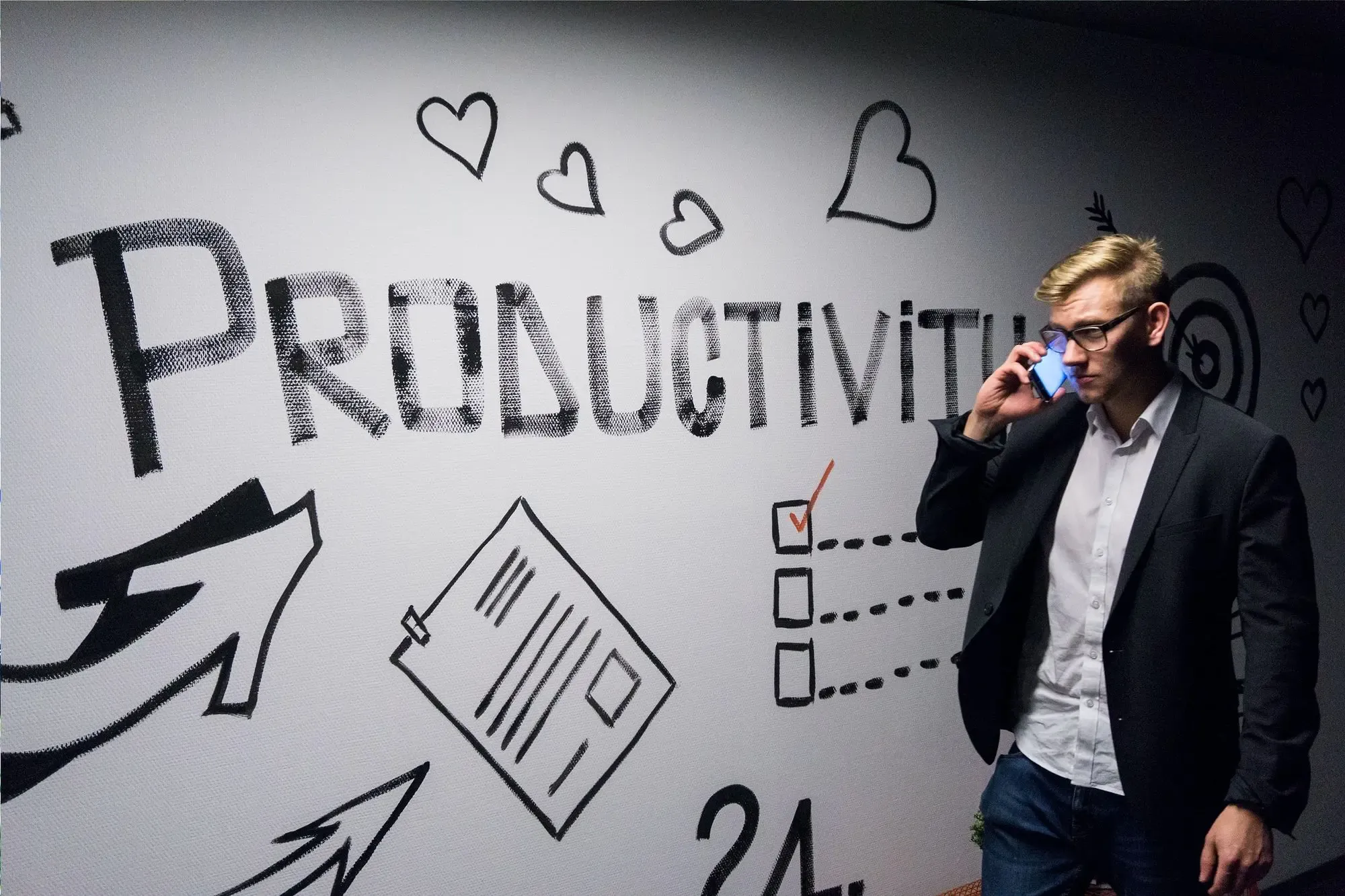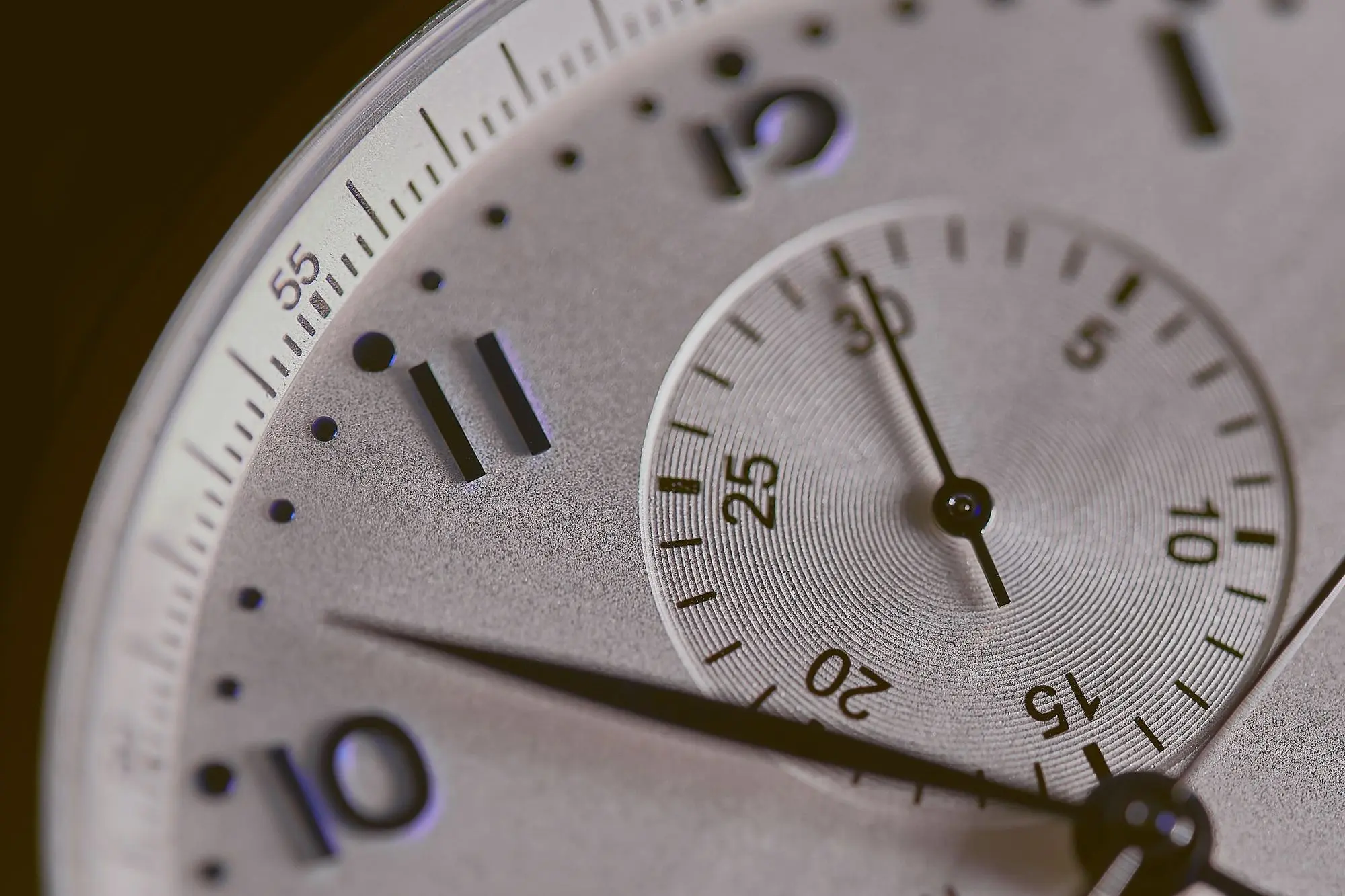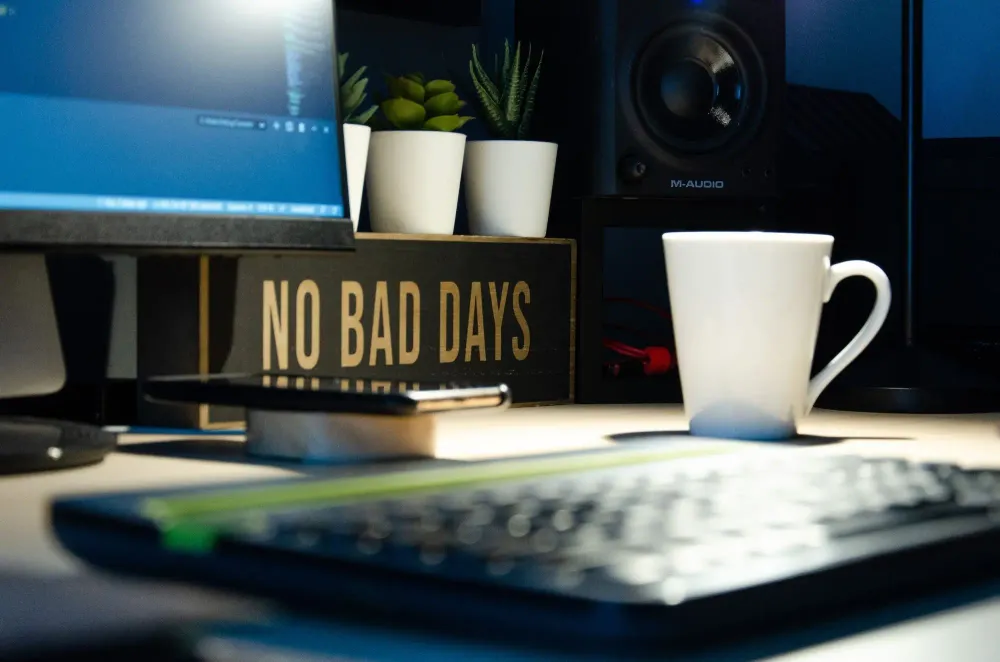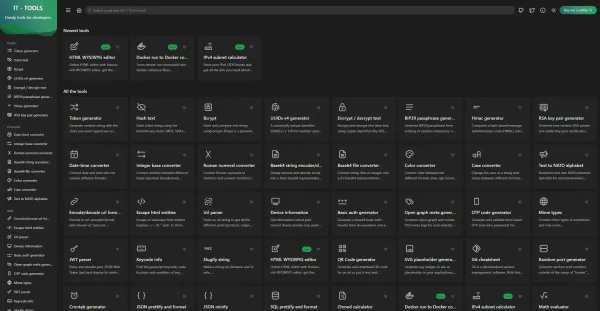My 10 Simple Tricks To Boost My Daily Productivity
Personal tips that efficiently helped me to stay productive.
During my life as Software Engineer, I have always tried to increase my work productivity. I found out that time management and my organizational skills are somehow correlated to my overall productivity. With this in mind, I gathered and adopted several strategies that helped me to focus more on my tasks during my daily work and increased my productivity.
The following 10 tricks describe different tasks that I try to follow every day to slightly increase my work productivity. However, these tricks work for me, they don't have to work for you, but maybe they can help.
1. I Stopped Multi-tasking
While it is possible to get things done when I am juggling projects or task, focusing on one specific task help me to be more productive, do more in a shorter amount of time, and create better results for my work. Whenever I concentrate on more than one task at a time I spend a huge amount of time just transitioning between all my tasks which reduces my Productivity.
However, concentrating on one task at a time until it is finished helps me to increase my productivity because every project, task, or meeting gets the full attention it needs. I can perform my best and really make progress.
Having this focus, problems can be identified and solved early on, instead of spending multiple hours tinkering with them and switching away from the task to avoid solving it.
2. I Take Regular Breaks
Sometimes, in the past, I avoid taking a break because I was fully focused on a task and wanted to finish it. Unfortunately, not taking a break harms my overall productivity by resulting in early fatigue. I lose the motivation to continue and did not make good progress.
Taking a break helps me keep up motivation, refills my energy, and increased my Productivity. I started taking breaks regularly and nothing stopped me from doing it. If I write or develop something I stop instantly if my clock rings to take my 5-minute break, walk away from my computer, and try to stay away from it until I start working again. Although the breaks are short they help me to clear my mind, recharge, and motivate me to work productively on my task again.
3. I Eat the Frog First
Every morning if I take a look at my task list and don't know where to start I think about a famous quote from Mark Twain:
If it's your job to eat a frog, it's best to do it first thing in the morning. And If it's your job to eat two frogs, it's best to eat the biggest one first.
- Mark Twain
Then I choose the most complicated, complex, and hardest task ("the frog") to start working on it. This helps me to set up success early in the day. It helps me clear my mind and completely remove the dread of having the hardest thing on my list not finished. And because of losing this dread, my Productivity gets a big boost every day!
4. Five-Minute Rule
If I have to work on huge, challenging tasks ("frogs") they will not be completed fast and easily. Often, they’re best handled when I divide them into smaller pieces and try to complete them one piece at a time. That’s the point where I use the five-minute rule to be productive.
How it works: I force myself to work on a task for five minutes as productive as possible. For me, it is very important that I can quit after five minutes if I want to. With this very simple precondition, I will try to “trick” myself into seeing this challenging task differently:
Awesome. Five minutes is nothing. It’s much shorter than the show I want to watch. I can do five minutes easily
Usually, I will not finish it in five minutes but often I keep working on the task after five minutes are passed. And also if I stop working I have done a major hurdle for finishing it: Getting started.
5. Set S.M.A.R.T. Goals for Myself
To be more productive I set goals every day. To do this, I use the SMART goal approach. SMART is an acronym for Specific, Measurable, Achievable, Relevant, and Time-based.
Specific: Clear and specific as possible with what I want to achieve. The more detailed it is, the more I will understand the necessary steps to achieve it.
Measurable: My outcome should be measurable. I define what evidence will prove if I make progress and reevaluate if necessary.
Achievable: I only plan achievable goals.
Relevant: Every goal should align with my project objectives.
Time-based: The goal needs an end date. To stay motivated I plan a goal that should be accomplished short time.
Every time I plan a goal I keep in mind that a goal without a plan is just a wish!
6. I Do Productive Meetings!
As every Software Engineer, I have several meetings scheduled during my day and I always consider different ways to increase the meeting Productivity that contributes to my overall work progress.
I do standing meetings (dailies) where I and sometimes my colleagues stand up to increase alertness and focus when discussing important topics. This leads to increased productivity because instead of chillin' on my chair and looking something up on the internet I am fully focused on everything my colleagues talk about.
Furthermore, I utilize my time tracking software to record the time it takes to attend and conclude a productive meeting. I keep notes about important topics or takeaways that need to be discussed in detail. If possible I reserve a specific amount of time for each topic and try to only discuss what is listed on my agenda while avoiding talking about unrelated topics or tasks.
7. I Delegate My Work
If I work on a variety of tasks I often use delegation methods to split up tasks between my team. I try to divide bigger tasks into smaller tickets and assign some of them to other team members if they can be completed independently.
Delegating multiple tasks in software projects allows me to work on complex assignments without worrying about the other parts that would otherwise take resources and time away from other important projects. For example, if I have a lot of bug tickets in a software project that needs to be reviewed and solved, but a coworker can provide the same attention to them, I assign the tickets to them while I work on major assignments that no one else can complete.
8. Avoid Interruptions to Increase Productivity
Interruptions are one of the most important reasons for decreasing Productivity in my working environment. Having conversations, informal and quick meetings or off-topic discussions always hinder my workflow and decrease my overall Productivity. To avoid reducing my Productivity I use several strategies to limit the number of interruptions during my day:
- I set my Teams status to invisible/offline.
- I use noise-canceling headphones.
- I close my door.
- I close/mute my email client.
Since I applied these four simple steps I have avoided several interruptions during my day.
9. I Use Ivy-Lee Productivity Method
Some weeks ago I found out about the Ivy-Lee Productivity Method that helps me to be more productive, create better results, and at the same time less stress with almost minimal effort.
When I first heard about this incredible Productivity Method I thought that it must be a complex technology that enables the tasks that arise to be processed more effectively or a complex concept with which the work processes are to be optimized.
Luckily, there is nothing complicated about the Ivy Lee Productivity Method. All you need is a pen, a sheet of paper, and a few minutes. The whole thing can be understood and learned in just six steps:
- Step 1: Write Down Six Tasks for the Next Day
- Step 2: Arrange These Tasks in Order of Priority
- Step 3: Complete the First Task on the List
- Step 4: Check the Priorities Again
- Step 5: Get To The Next Task
- Step 6: Make a New List in the Evening
A complete overview that explains every aspect of this method can be found here:

10. I Use the Pomodoro Strategy
To be more productive during my work I depend heavily on my time management skills, and the Pomodoro method is a strategy that helps me for managing it efficiently. The Pomodoro Technique is really simple. It consists of five simple steps that are repeated several times:
- Prerequisite: I have a ToDo list with several tasks ordered by priority.
- Step 1: I take one task, set a timer for 25 minutes, and start with it until the timer rings.
- Step 2: When the session ends, I mark off one Pomodoro and record what I have completed.
- Step 3: I take a 5-minute break and get away from my computer to do something like going outside or watering plants.
- I go back to Step 1 and repeat every step until I finished five Pomodoros. Then I take a longer, more restorative 15–30 minute break.
If you want to read more about the Pomodoro Strategy you can read this article:

Closing Notes
When I plan or implement strategies to increase my work productivity it is important that I am consistent as I can. I allow myself to learn and develop my skills and try to adopt as many Productivity hacks as possible to be certain that I can be productive during my work day.
The hardest thing is to combine all hacks during the day. But I found a good way to do it. For example, I use Pomodoro Technique to work on my Todo list that I create with the help of the Ivy-Lee Productivity Method. As I use Pomodoro Technique I automatically have to do breaks and with the Ivy-Lee Productivity Method I will "eat the frog first". The most complicated part of my daily work is managing how meetings can fit into my working routine. As they are often longer than one Pomodoro they also come in at a random time slot if something unpredictable happens that needs my attention.
However not every technique works for everyone. No person is the same. Things that work for me don't have to work for you.
It would be the best way to find out if it is right for you. Try some techniques for a week or two and if you do not see any results in your productivity you can still try another method.
If you enjoyed reading this article consider commenting your valuable thoughts in the comments section. I would love to hear your feedback about my productivity hacks. Furthermore, share this article with your friends and colleagues to also help them to be more productive at work.
Feel free to connect with me on Medium, LinkedIn, and Twitter.
🙌 Support this content
If you like this content, please consider supporting me. You can share it on social media, buy me a coffee, or become a paid member. Any support helps.
See the contribute page for all (free or paid) ways to say thank you!
Thanks! 🥰



